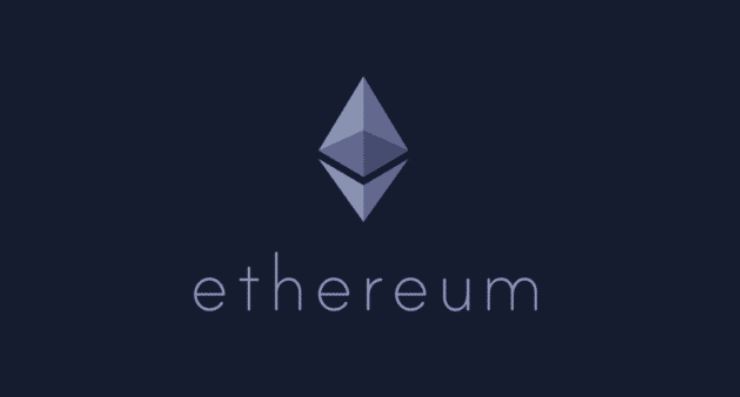Bank of America Has Filed for Over 20 Blockchain Patents Already

Bank of America is emerging as one of the most active banks when it comes to filing patents over claimed innovations in blockchain and cryptocurrency.
Three new submissions, initially filed with the U.S. Public Patent and Trademark Office early last year, add to a total of 20 blockchain and cryptocurrency-related patent applications filed by the bank since 2014.
Of those, nine were submitted in 2016, four were filed in 2015 and 10 as far back as 2014.
While there were variances in the language used within the filings, the three new applications all focus on a hybrid blockchain system, made of either a tiered blockchain network or a combination of both public and private blockchains.
In each, a blockchain network is designed to function as a distributed database for the flow of certain actions, with an overarching system providing a center that can control the security and data access for different subordinate layers.
Notably, the idea that blockchain technology can be used to permission and control data access is not a new one for the company, having been previously explored in Bank of America’s 2015 filings.
Despite the number of patent submissions, though, it’s worth noting that they do overlap to a certain extent.
As CoinDesk reported earlier this month, in February of last year, Bank of America filed three patents based on using distributed ledgers to validate the veracity of information and those who handle it. Two further applications, filed the same month, were based on a peer-to-peer payment system running on the blockchain.
But given the delay in how filings are made public, it remains to be seen whether Bank of America is still actively filing to protect its blockchain work.
Still, it has one of the longest histories of any major bank in doing so. As far back as 2014, a group of inventors from the bank filed 10 patent applications aimed at protecting a generic cryptocurrency.
The batch was submitted in June, 2014, covering nearly the whole cryptocurrency exchange and payment process, including real-time conversion, transaction validation, risk detection and online and offline storage.











Responses